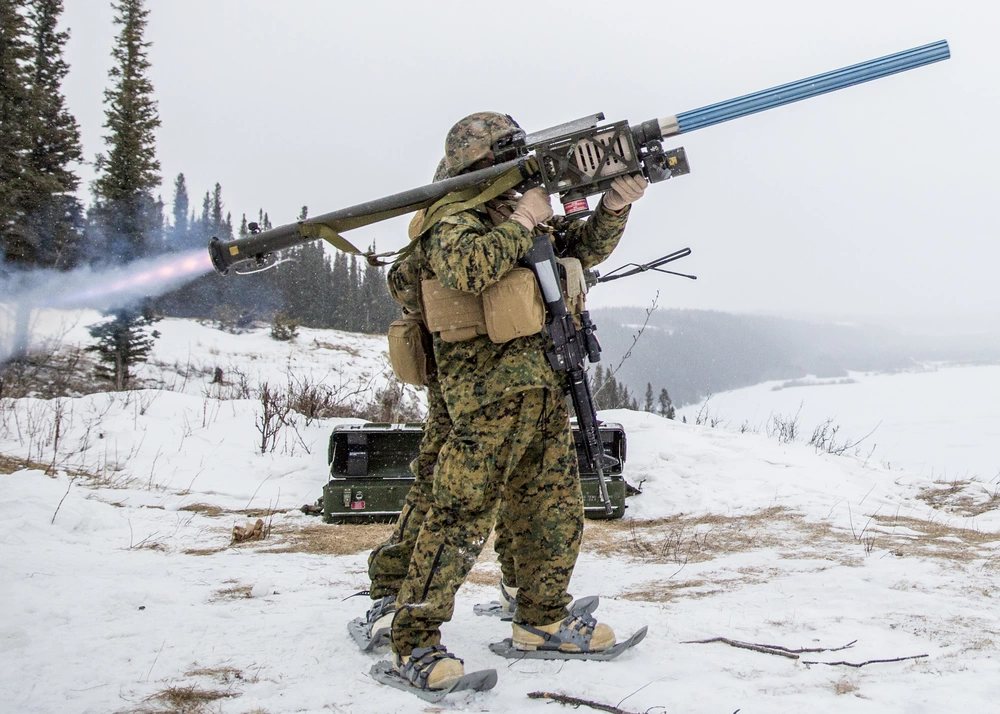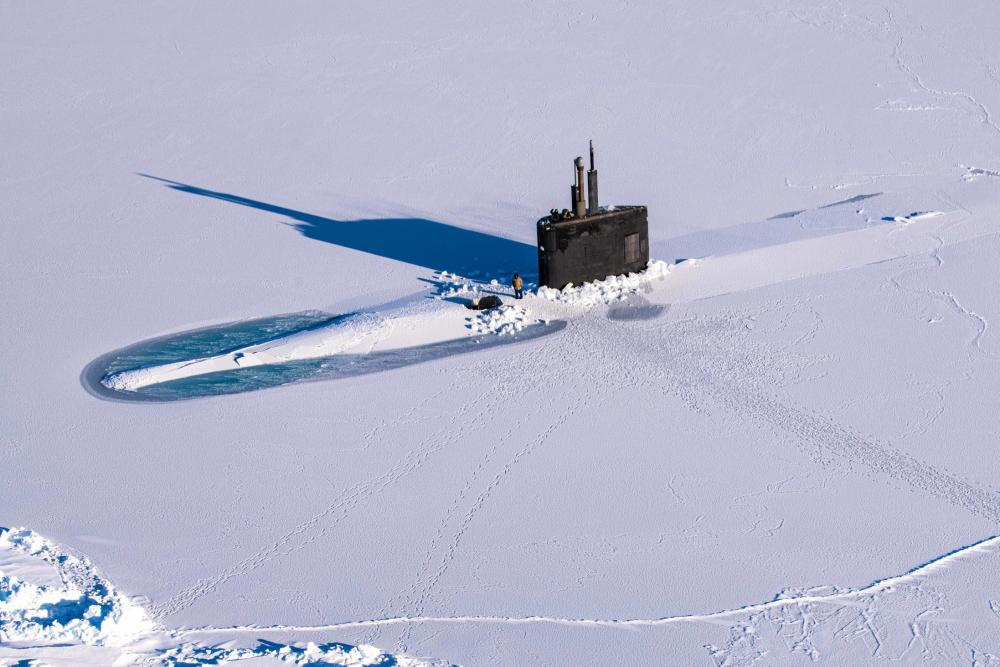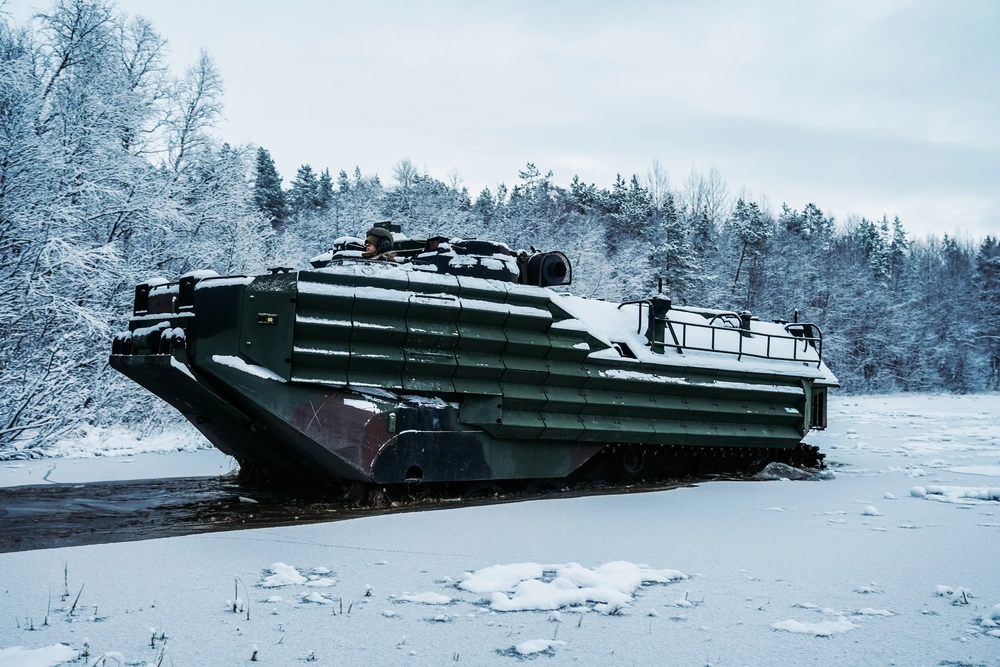US Launches New National Arctic Strategy
The White House has released the United States’ new “National Strategy for the Arctic Region”. This is the first time a national arctic strategy has been released since 2013. Its primary goals is to set out a long-term vision for US policy towards the arctic encompassing the next ten years. However, the region has attracted growing attention from American government and strategists in the years between. Advances and technology and the effects of climate change have made the Arctic much more important economically – both as a source of resources and as an avenue for sea travel.

The region had also attracted much attention from the US defense establishment with both the Army and the Navy releasing arctic strategies in early 2021; the Air Force released their equivalent in the summer of 2020. Their response was not limited to just rhetoric and theory; the US decided to activate the Arctic-focused Atlantic Fleet in late 2020 and earlier this year, the 11th Airborne Division was reactivated in Alaska. The US is also set to deploy a new Multi-Domain Task Force to the region in the near future.

The White House strategy also tackles competition with China and Russia but goes beyond just the security domain. Nevertheless, it does hit many of the same notes by, for example, emphasizing the centrality of US cooperation with Arctic partners like Norway and Canada to ensure success.
Overall, Biden’s strategy is built on four main pillars:
Pillar 1 – Security: We will deter threats to the U.S. homeland and our allies by enhancing the capabilities required to defend our interests in the Arctic, while coordinating shared approaches to security with allies and partners and mitigating risks of unintended escalation. We will exercise U.S. government presence in the Arctic region as required to protect the American people and defend our sovereign territory.
Pillar 2 – Climate Change and Environmental Protection: The U.S. government will partner with Alaskan communities and the State of Alaska to build resilience to the impacts of climate change, while working to reduce emissions from the Arctic as part of broader global mitigation efforts, improve scientific understanding, and conserve Arctic ecosystems.
Pillar 3 – Sustainable Economic Development: We will pursue sustainable development and improve livelihoods in Alaska, including for Alaska Native communities, by investing in infrastructure, improving access to services, and supporting growing economic sectors. We will also work with allies and partners to expand high-standard investment and sustainable development across the Arctic region.
Pillar 4 – International Cooperation and Governance: Despite the challenges to Arctic cooperation resulting from Russia’s war in Ukraine, the United States will work to sustain institutions for Arctic cooperation, including the Arctic Council, and position these institutions to manage the impacts of increasing activity in the region. We also seek to uphold international law, rules, norms, and standards in the Arctic.

Russia and China have also been increasingly active in the Arctic in recent years. China has signaled its ambitions by defining itself as a “near-Arctic state” while Russia had been greatly expanding its military presence in the region. Both states also have significant hopes for the Arctic as a shipping corridor.
The full strategy is available to read here.

